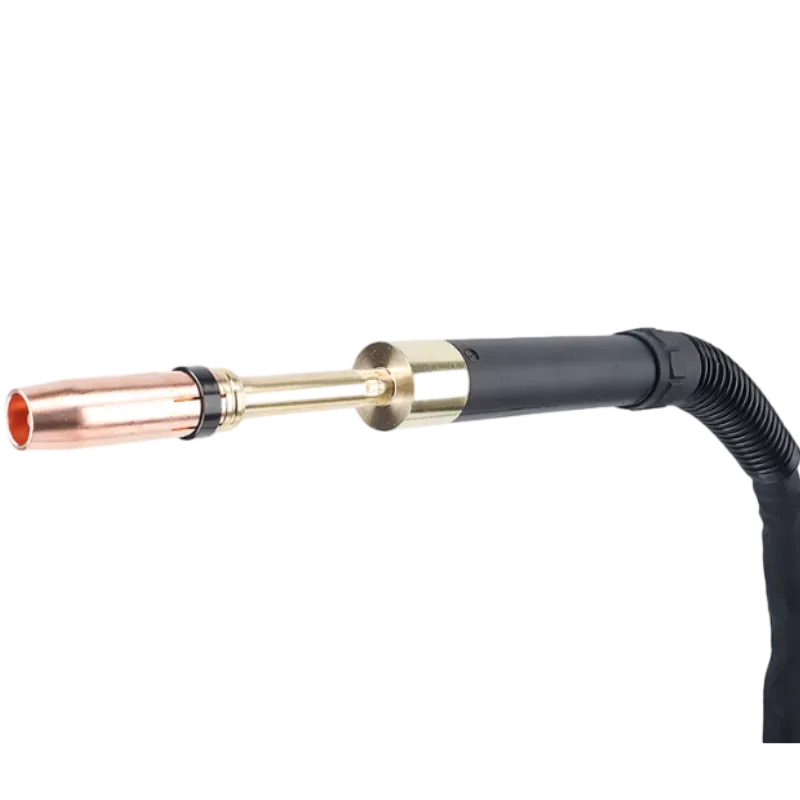Table of Contents
ToggleRobotic Welding
Robotic welding has revolutionized the manufacturing industry, offering numerous advantages that go beyond mere efficiency. Among these advantages, cost savings stand out as a compelling reason for companies to adopt robotic welding technology. This article delves into the various ways in which robotic welding can lead to significant cost reductions for manufacturers.
Reduced Labor Costs
One of the most immediate cost savings associated with robotic welding is the reduction in labor costs. Traditional welding processes often require a skilled workforce, which can be expensive to hire and maintain. Robotic welding, on the other hand, automates the welding process, decreasing the need for a large number of skilled welders. While there is an initial investment in robotic welding systems, the long-term savings in labor costs can be substantial. Companies can reallocate their human resources to other areas, maximizing overall productivity.
Increased Production Speed
Robotic welding systems operate at speeds that far exceed human capabilities. These machines can work continuously without fatigue, allowing for longer production runs and shorter cycle times. Increased production speed translates directly into higher output, which means more products can be manufactured in the same amount of time. This efficiency not only reduces the cost per unit but also allows companies to meet market demand more effectively, ultimately boosting revenue.
Improved Quality and Reduced Rework
Quality control is a crucial aspect of manufacturing, and robotic welding excels in this area. These systems are programmed to maintain consistent parameters, ensuring that each weld is uniform and precise. The reduced variability in weld quality minimizes the risk of defects, leading to fewer returns and reworks. The cost savings from less rework can be significant, as redoing faulty welds can be both time-consuming and expensive. With robotic welding, manufacturers can achieve a higher standard of quality while simultaneously saving on costs.
Lower Material Waste
Another cost-saving benefit of robotic welding is its ability to minimize material waste. Traditional welding methods often result in excess material usage due to errors or inconsistent techniques. Robotic welding systems are designed for precision, which means less waste is generated during the welding process. This reduction in material waste not only lowers costs but also contributes to more sustainable manufacturing practices.
Energy Efficiency
Robotic welding systems are generally more energy-efficient than their manual counterparts. They are designed to optimize energy use, operating only when necessary and consuming less power during idle times. This efficiency can lead to lower utility bills and reduced operational costs. As energy prices continue to rise, the energy savings provided by robotic welding become increasingly important for manufacturers looking to cut costs.
Flexibility and Adaptability
Modern robotic welding systems are highly flexible and can be programmed to perform a variety of tasks. This adaptability allows manufacturers to quickly switch between different products or welding techniques without significant downtime. The ability to reconfigure robotic welding setups means that companies can respond rapidly to market changes or customer demands, reducing the costs associated with prolonged changeovers.
Maintenance and Downtime Costs
While robotic welding systems do require maintenance, the frequency and cost of maintenance are often lower compared to traditional welding setups. Properly maintained robotic systems can run for extended periods with minimal downtime. Reduced downtime translates to increased production capacity and lower costs associated with idle equipment. Furthermore, the predictability of robotic welding maintenance schedules allows companies to plan better and avoid unexpected repairs that can disrupt production.
Long-Term Investment
Investing in robotic welding technology is often viewed as a long-term investment. The initial costs may be high, but the return on investment (ROI) can be significant over time. Companies that adopt robotic welding can expect to see a decline in operational costs, increased production efficiency, and improved product quality. As robotic welding technology continues to evolve, manufacturers can leverage advancements to enhance their operations further and reduce costs.
Conclusion
In conclusion, robotic welding offers a multitude of cost-saving advantages that can significantly impact a manufacturer’s bottom line. From reduced labor and energy costs to improved quality and lower material waste, the benefits are substantial. As companies seek to remain competitive in an ever-evolving market, the adoption of robotic welding technology is not just a trend but a strategic decision that can lead to substantial financial gains. Embracing robotic welding is a step toward a more efficient, cost-effective, and sustainable manufacturing future. The long-term benefits make it clear that the investment in robotic welding is likely to pay off in more ways than one.


